Satellite is expected to fall to Earth after 30 years in space
- A satellite that’s been in space for nearly 30 years is due to fall to Earth
- It’s expected to fall today (21 February) at around 15.32 GMT
- The majority of the two-ton satellite should burn up during its descent.
Published on Feb 21, 2024 at 7:09 PM (UTC+4)
by Amelia Jean Hershman-Jones
Last updated on Feb 21, 2024 at 9:22 PM (UTC+4)
Edited by
Alessandro Renesis
Keep your eyes on the skies and your wits about you as a satellite that’s been orbiting us in space for nearly 30 years is due to fall to Earth.
The European satellite is expected to fall today (21 February) at around 15.32 GMT after its pioneering mission comes to an end.
The European Space Agency (ESA) says not to fret too much, as the majority of the two-ton satellite will break and burn up during its descent.
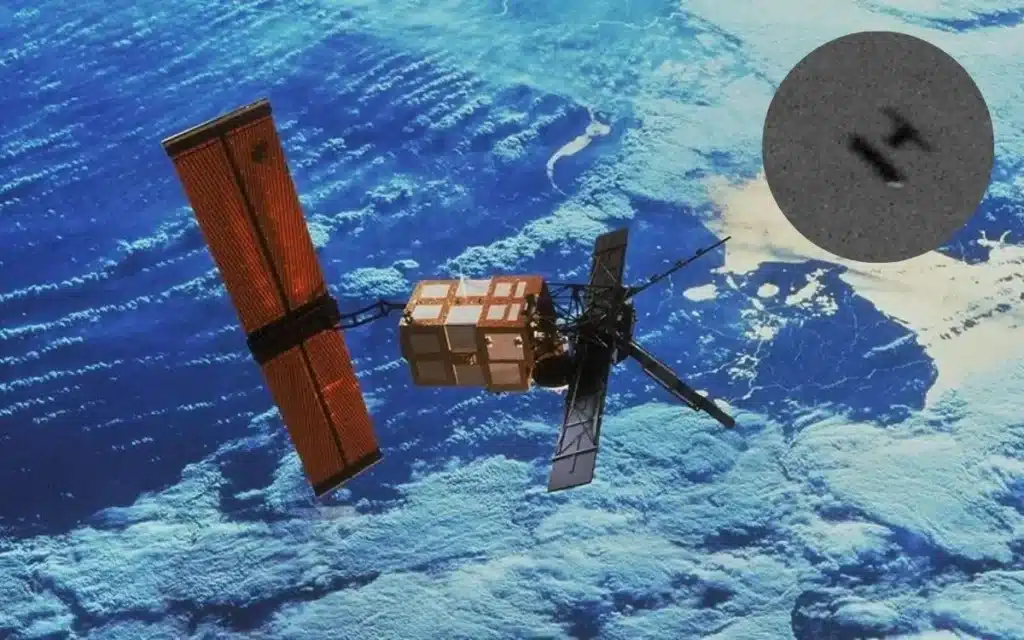
READ MORE! Astronaut snaps once-in-a-lifetime image of Earth on his last day in space
Fragments that survive impact might include internal panelling, metal parts, including the fuel and pressure tanks and the carbon fiber antenna for the synthetic aperture radar system.
The ERS-2 satellite was launched in 1995.
It followed its almost identical sister satellite, ERS-1, which went into orbit four years before.
The innovative pair were the most sophisticated Earth observation satellites of their time.
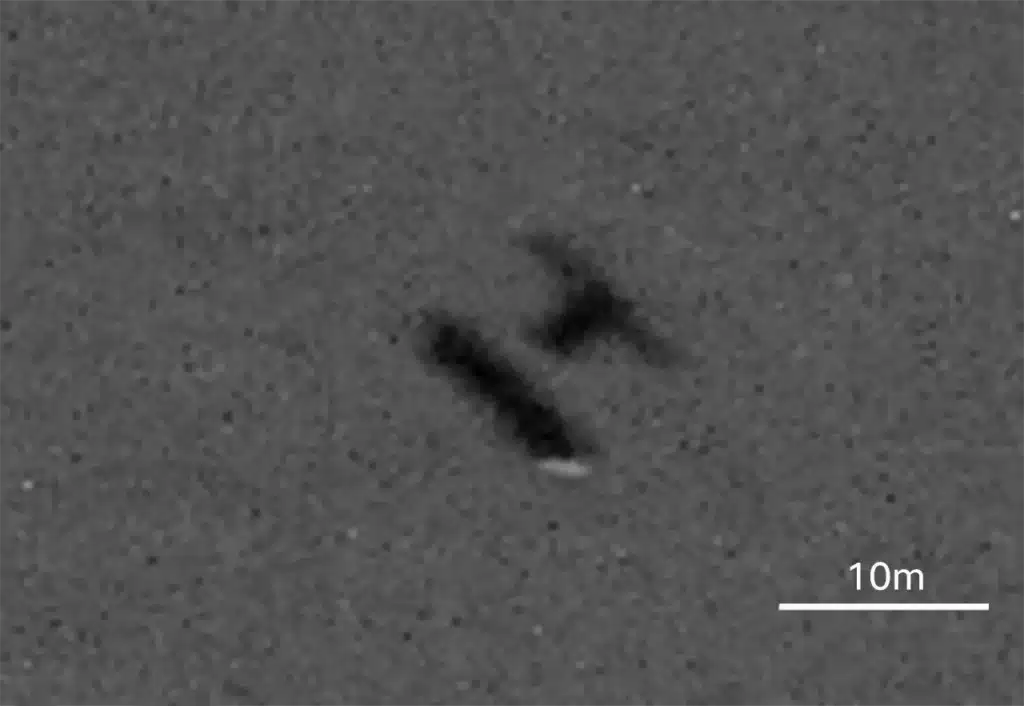
They were described as the ‘grandfathers of Earth observation in Europe’.
Both carried a suite of instruments to track changes on land, ocean and air.
However, as time and tech marches on, in 2011, the ESA began the process of de-orbiting and retiring ERS-2.
In fact, for the first time ever recently, Earth received power beamed from a satellite in space.
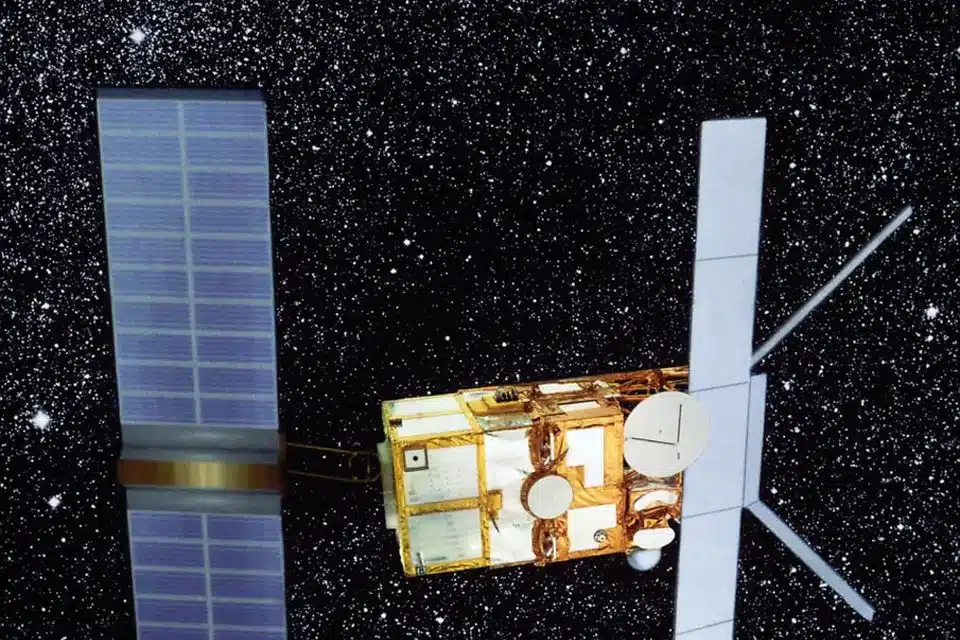
What’s more, Japan launched its first-ever lunar mission with the ‘Moon Sniper’ satellite.
It made a huge discovery and beamed back images before powering down.
ERS-2 was originally placed 780km above the Earth, engineers used its final fuel reserves to lower its altitude to 570km.
Now, 13 years later, it will naturally re-enter Earth’s atmosphere.
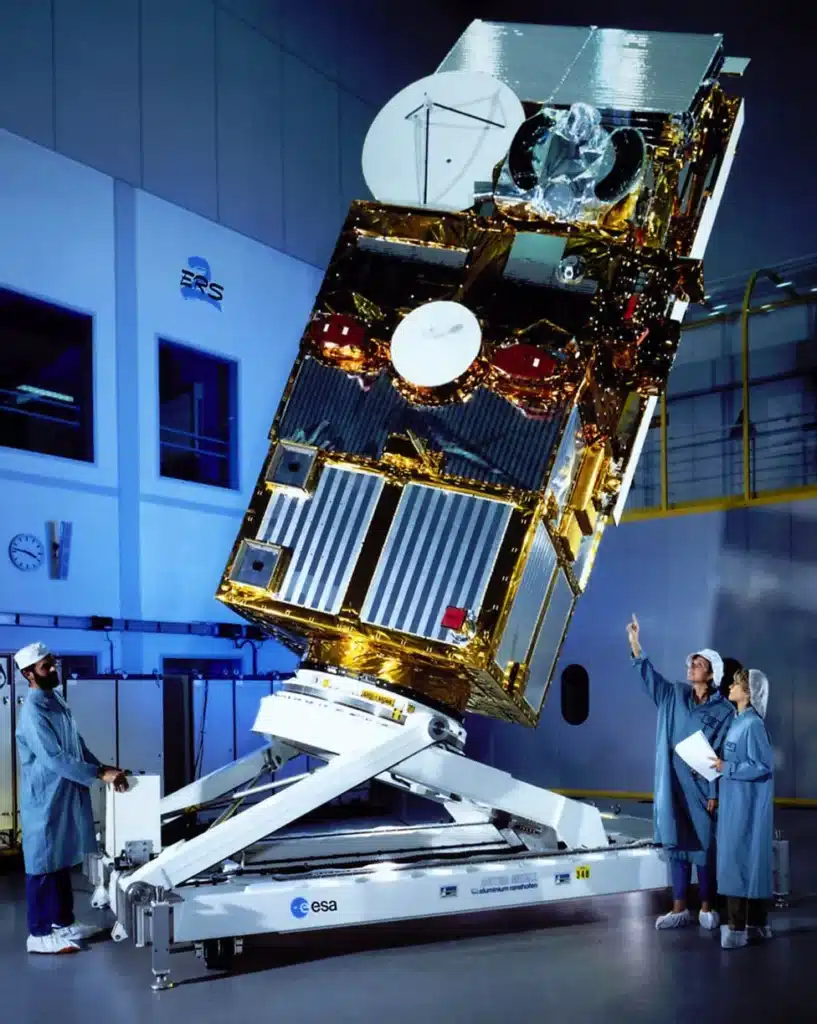
Due to solar activity, it’s experienced substantial orbital decay.
It’s predicted to crash down over the east coast of Africa – but the ESA continue to monitor its landfall.
Any space debris that survives re-entry will be spread over an area that’s hundreds of kilometers long and several tens of kilometers wide.
Meaning the risks of a collision with anything – or anyone – in a populated area on Earth are pretty low.
“And it’s worth highlighting that none of the elements that might re-enter the atmosphere (and reach the surface) are radioactive or toxic,” said Mirko Albani from ESA’s Earth Observation Ground Segment Department.
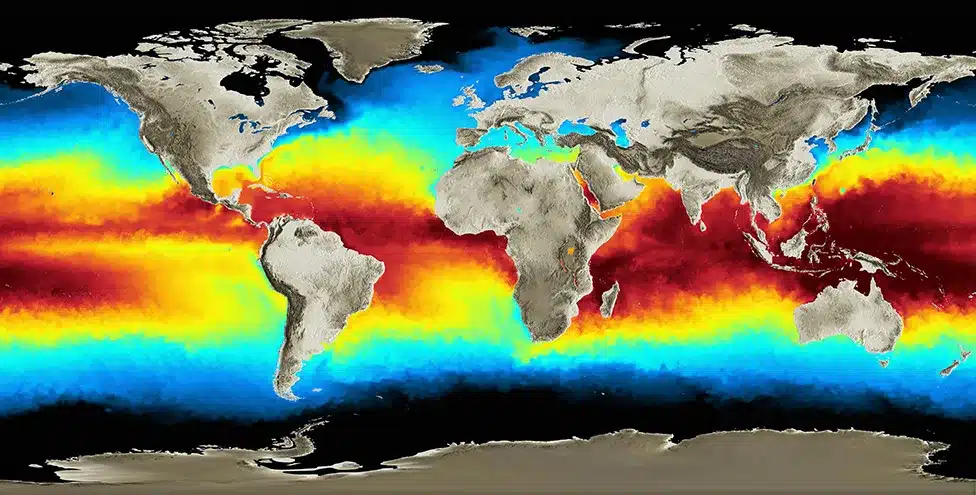
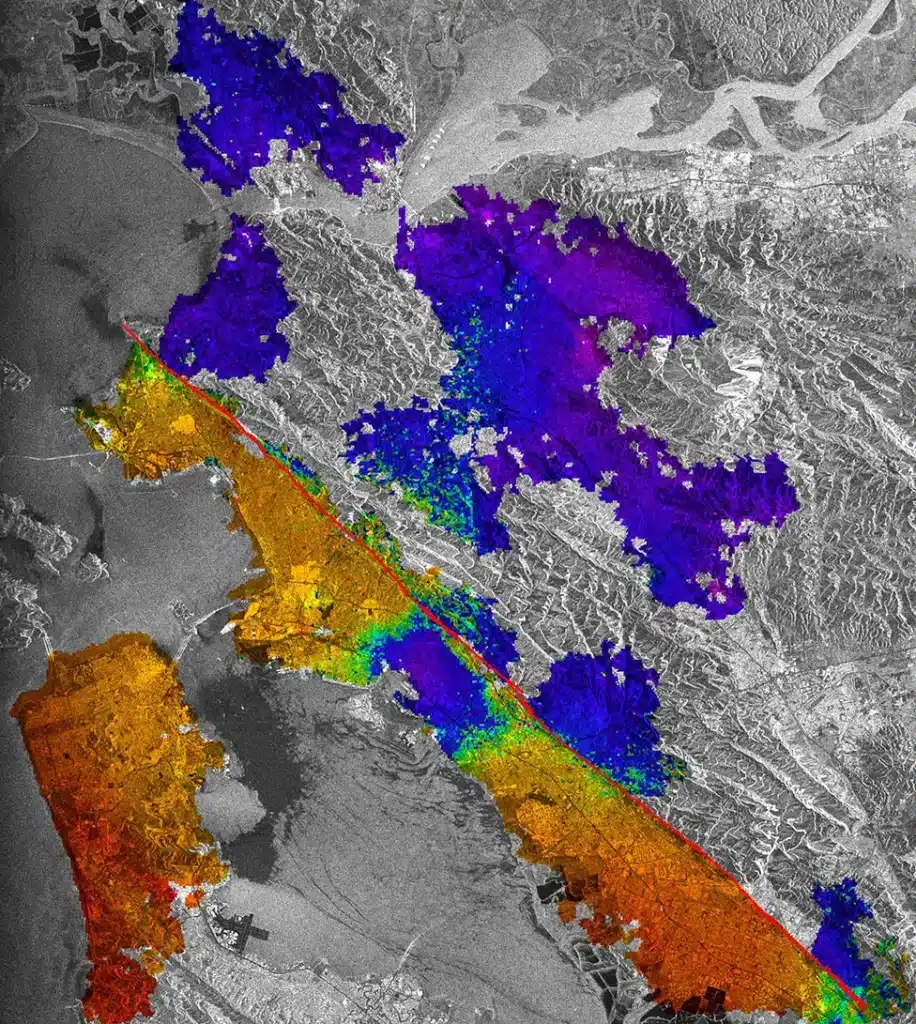
The ESA’s Space Debris Office warned its prediction on the debris’ arrival is only an estimate.
It could be out by around four and a half hours, due to unpredictable solar activity affecting the density of Earth’s atmosphere.
This, in turn, affects the drag the satellite experiences as it falls.
While it’s been out of order for more than a decade, the 16 years that ERS-2 was in action was productive.
It collected data that enabled us to revolutionize our perspective of Earth and climate change.
It returned information on, amongst other things, melting polar ice, changing land surfaces, rising sea levels, warming oceans, and atmospheric chemistry.
It also helped monitor natural disasters in remote parts of the world, such as severe floods and earthquakes.
DISCOVER SBX CARS: The global premium car auction platform powered by Supercar Blondie

London-based Amelia cut her journalistic teeth covering all things lifestyle, wellness and luxury in the UK capital. Fast-forward a decade and the experienced content creator and editor has put pen to paper for glossy magazines, busy newsrooms and coveted brands. When her OOO is on you can find her spending quality time with her young family, in the gym or exploring the city she loves.




